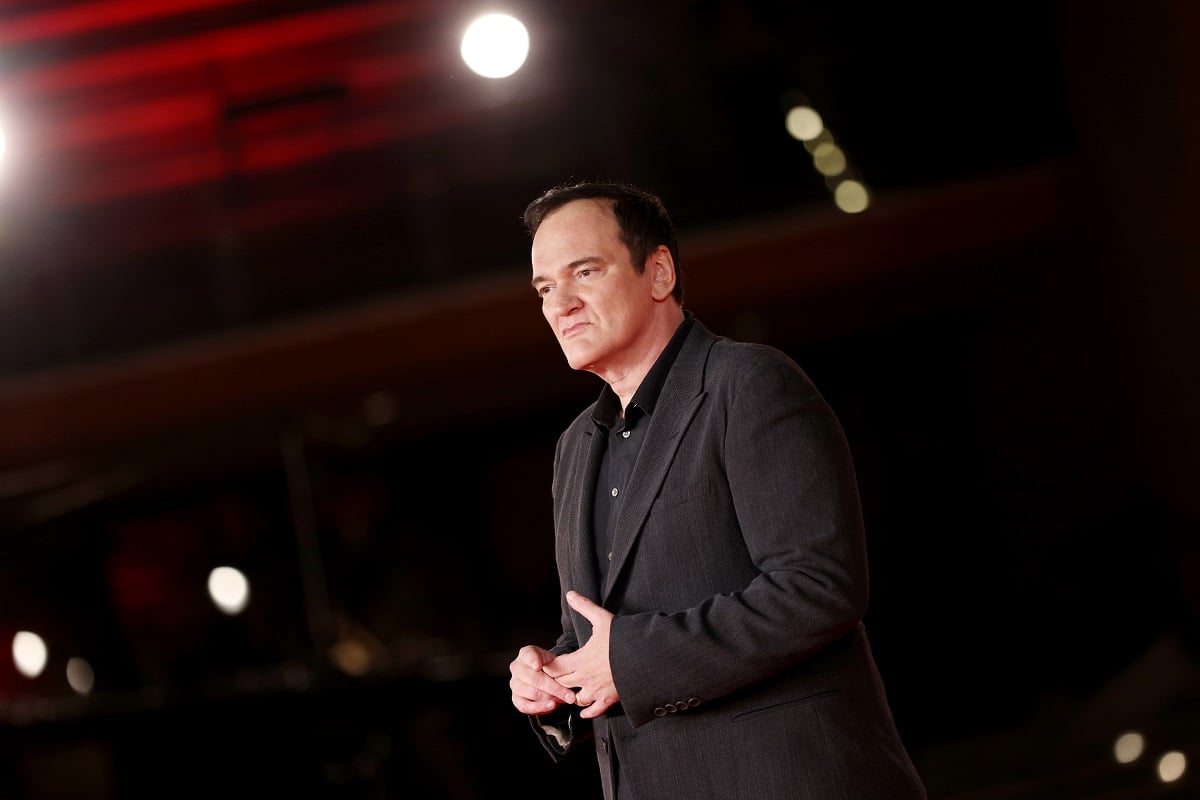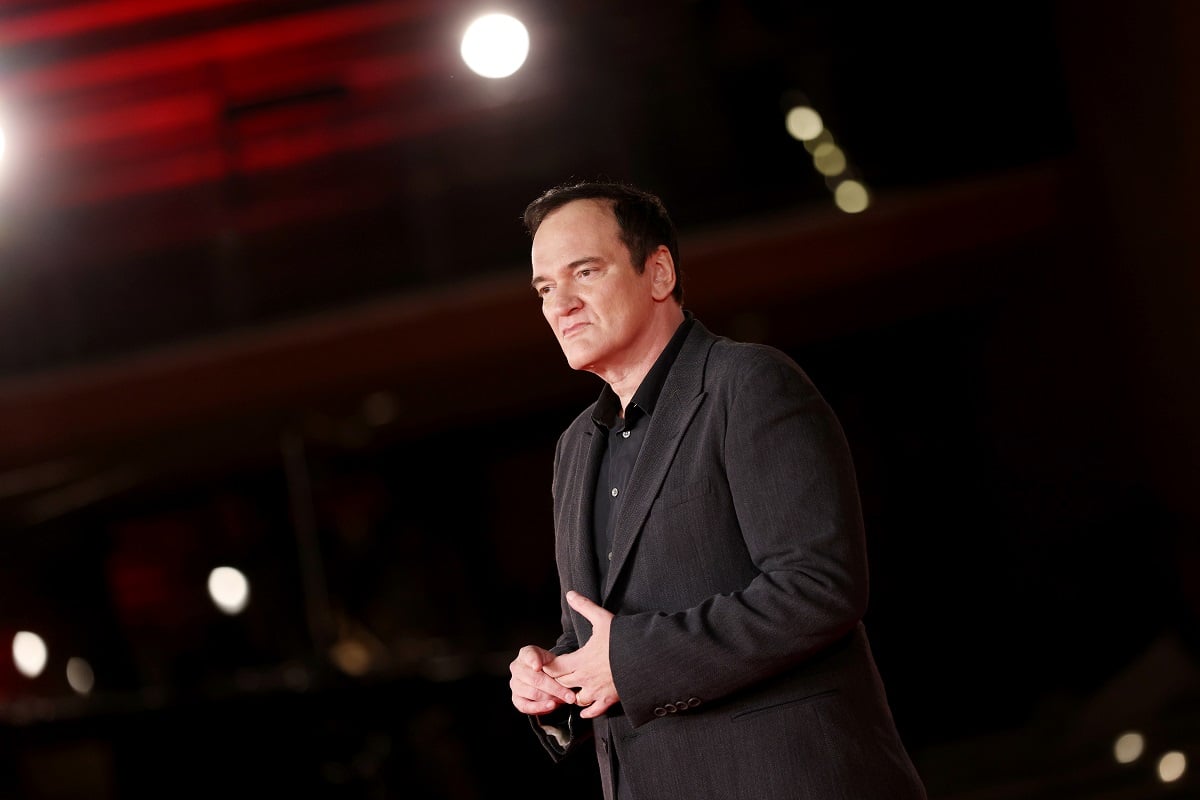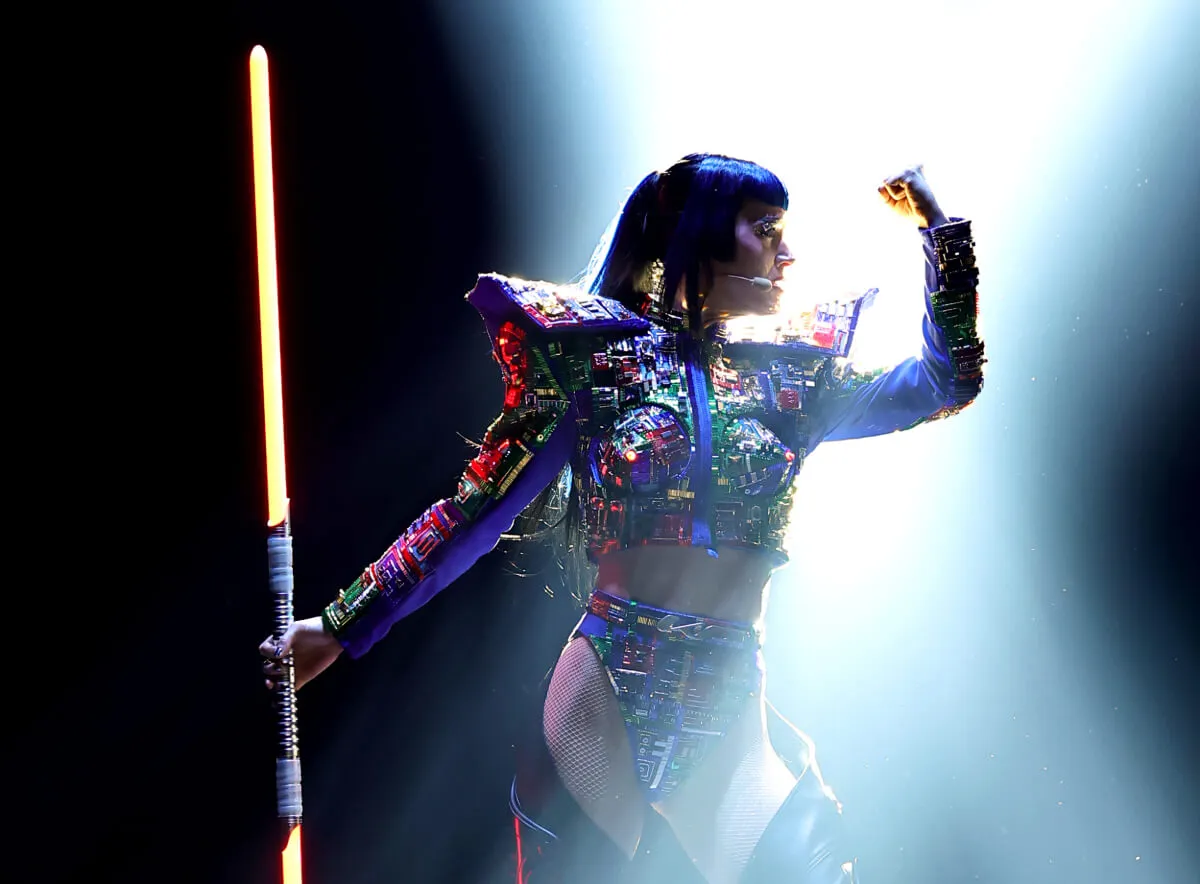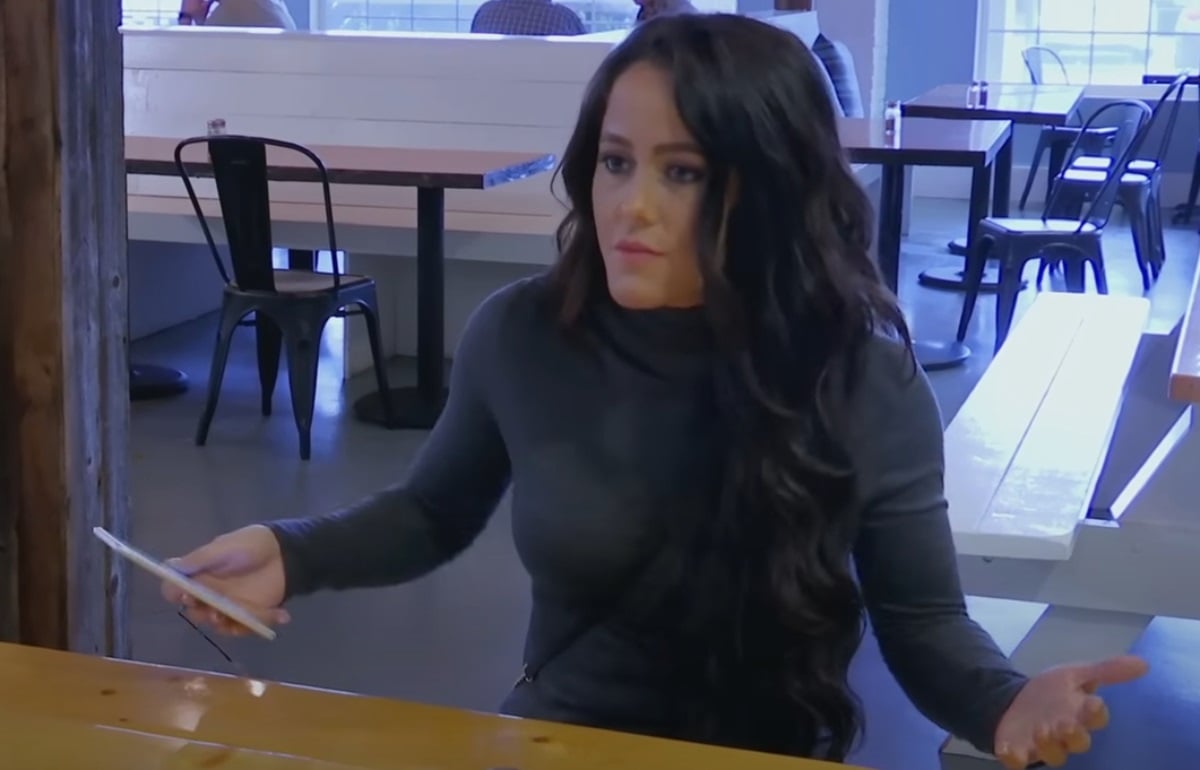
Quentin Tarantino Was Once Disappointed With the Original ‘Django Unchained’ Ending
Quentin Tarantino added another hit to his lauded film resume with the movie Django Unchained. But even after writing and shooting the film, he felt Unchained needed improvements.
How Quentin Tarantino came up with the idea for ‘Django Unchained’

Tarantino first came up with the idea for Django Unchained by writing a book on the original Django. The Italian western, directed and written by Sergio Corbucci, unexpectedly gave Tarantino the genesis of what would turn into Unchained.
“I remember thinking, ‘I really like the description of this type of West, of this type of brutal pitiless landscape,'” Tarantino once told Emanuel Levy about Corbucci’s Django. “Frankly I don’t know if Corbucci was thinking this, but I know I’m thinking it right now, and I can do it.”
As he began creating the character, he discovered more and more about his Django that helped him flesh out the role.
“The initial germ of the whole idea was a slave who becomes a bounty hunter and then goes after overseers that are hiding out on plantations,” Tarantino recalled. “I just started writing, and Django presented himself to me. At the beginning he just was who he was – the sixth slave from the seventh on a chain gang line. But he just kept revealing himself to me more and more as I wrote.”
Quentin Tarantino rewrote the ‘Django Unchained’ ending at the last minute
After considering several actors for his titular character, Tarantino landed on Oscar-winner Jamie Foxx as Django. Foxx has always spoken highly of his time with Tarantino. To him, witnessing how the director operated up close and personal was comparable to Mozart.
“Remember the movie Amadeus about Mozart? I come from a musical background, and what’s great about Mozart is that he was able to write music as if he was writing his name. Quentin Tarantino is able to grab shots as if he is writing his name,” Foxx once told Black Book (via Vibe).
Foxx thought there was no better example of Tarantino’s talent than his approach to penning the film’s end. The ending that audiences watched of Unchained in theaters wasn’t initially the ending that Tarantino shot.
“When we were shooting Django Unchained, Tarantino wasn’t satisfied with his endings, so he rewrote the ending in his trailer and at his house, and then he came back to the set, with it handwritten, and said, ‘Here’s our ending.’ And the ending was better than the ending that was already in the movie,” Foxx said. “So to me, that separates him from anybody that I’ve seen, because the lines that he writes are absolutely classic, and to be able to take that and put the camera on it and then make it cinematic, is just amazing to me.”
‘The Hateful Eight’ was originally conceived as a ‘Django Unchained’ spin-off
Tarantino enjoyed dabbling in the world of Django Unchained so much that he almost revisited the world again. The filmmaker didn’t want to make a franchise out of Unchained, however. So he considered continuing Django’s adventures in literary form.
“After doing Django I knew I didn’t want to do any Django movie sequels or anything, but I liked the idea of there being several paperbacks that could be the further adventures of Django or maybe go back in time,” Tarantino once said on DP/30.
The book would focus on several other characters, with Django being a part of this new roster of Tarantino creations. But while diving further into his story, he realized Django’s inclusion presented a narrative issue.
“I was introducing such rough characters in this piece, and there would be even more disreputable characters waiting for them. At a certain point I realized ‘Well you know what’s wrong with this piece? It’s Django. He needs to go.’ Because you shouldn’t have a moral center when it comes to these eight characters,” Tarantino said.
Afterward, The Hateful Eight was born.


